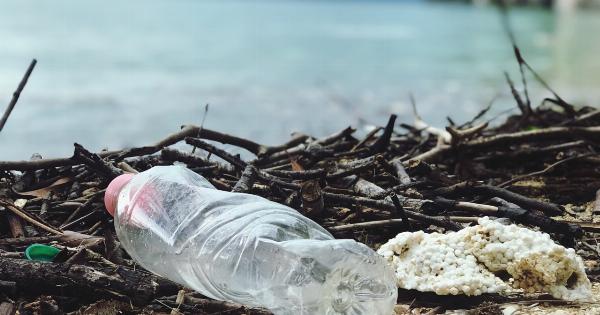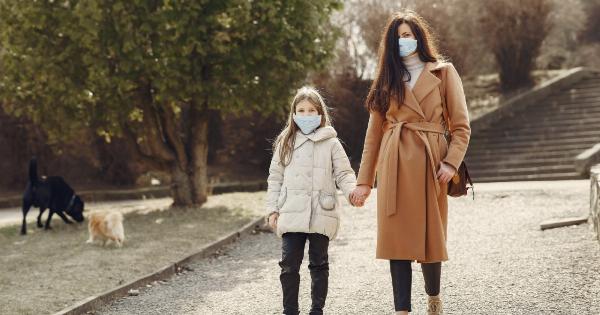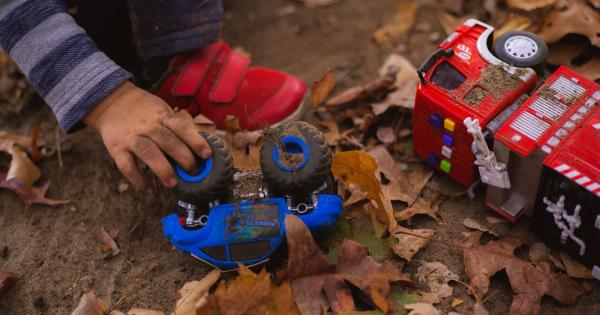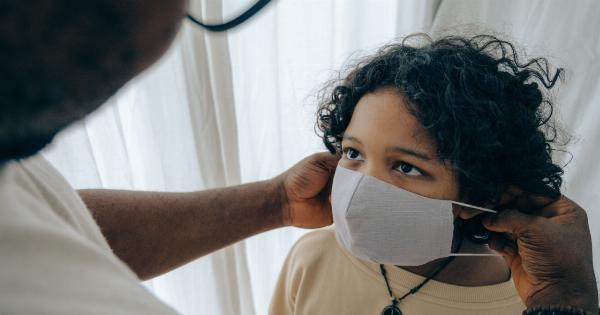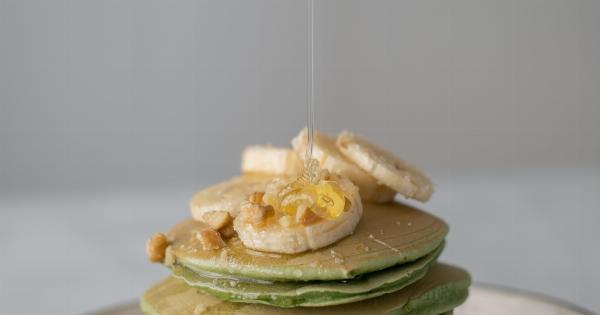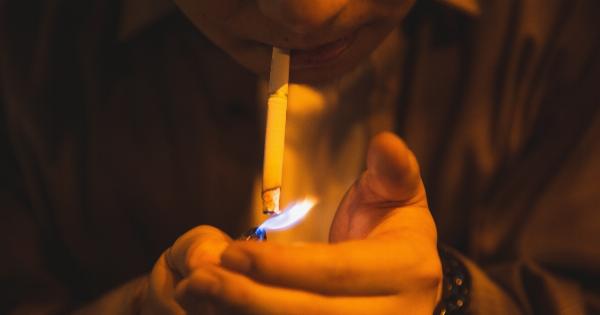As parents, our top priority is ensuring the safety and well-being of our children. We go to great lengths to baby-proof our homes, research the best nutrition, and carefully select products that are safe for our little ones.
However, there are hidden dangers lurking in our everyday lives that may not be immediately apparent. Dangerous chemicals are present in many household items, personal care products, and even in the air we breathe.
It’s essential for parents to be aware of these potential hazards and take steps to minimize exposure to protect our children’s health. In this article, we will highlight ten dangerous chemicals every parent should know about.
1. Lead
Lead is a highly toxic heavy metal that can cause severe health issues, particularly in young children. It is commonly found in old paint, water pipes, and some imported toys.
Exposure to lead can lead to cognitive and behavioral problems, developmental delays, and even organ damage.
To reduce exposure, make sure your home is free of lead-based paint, regularly clean floors and windowsills, and provide your child with a balanced diet rich in calcium, iron, and vitamin C, as these nutrients can help reduce the absorption of lead in the body.
2. Phthalates
Phthalates are a group of chemicals widely used in plastics and personal care products, such as lotions, shampoos, and fragrances.
They are known to interfere with hormone production and can potentially disrupt the endocrine system, leading to developmental issues, reproductive problems, and asthma. To minimize exposure, opt for phthalate-free products, avoid plastic food containers labeled with recycling codes 3, 6, or 7, and choose natural alternatives whenever possible.
3. Formaldehyde
Formaldehyde is a colorless gas with a strong odor that is used in various building materials, household cleaners, and even some personal care products.
Prolonged exposure to formaldehyde can irritate the respiratory system, cause allergies, and increase the risk of certain cancers. Be cautious when purchasing new furniture or renovating your home, as pressed-wood products and carpets can release formaldehyde. Good ventilation and the use of air purifiers can aid in reducing formaldehyde levels indoors.
4. Bisphenol A (BPA)
BPA is a chemical compound found in certain plastics, such as food containers, baby bottles, and the lining of metal cans.
It has been linked to hormonal imbalances, developmental issues, and an increased risk of obesity, diabetes, and cardiovascular problems. To avoid BPA exposure, choose products labeled as BPA-free and opt for glass or stainless-steel containers for food and beverages.
5. Pesticides
Pesticides are widely used to control pests in agriculture and can leave residues on fruits and vegetables, even after washing.
Chronic exposure to pesticides has been associated with neurological disorders, developmental delays, decreased cognitive function, and even certain types of cancer. Whenever possible, choose organic produce or wash conventionally grown fruits and vegetables thoroughly to minimize pesticide exposure.
6. Flame Retardants
Flame retardants are chemicals added to furniture, electronics, and clothing to reduce their flammability.
However, some flame retardants, such as polybrominated diphenyl ethers (PBDEs), have been linked to hormonal disruptions, impaired brain development, and even cancer. Look for furniture labeled “flame retardant-free” or made from natural materials and choose children’s sleepwear that is snug-fitting instead of flame-resistant.
7. Volatile Organic Compounds (VOCs)
Volatile Organic Compounds are a group of chemicals found in paints, cleaning products, air fresheners, and many other household items. VOCs can cause eye, nose, and throat irritation, as well as headaches and dizziness.
Long-term exposure to high levels of VOCs has been associated with increased cancer risk. Opt for natural cleaning products, open windows for ventilation, and use indoor plants to help purify the air.
8. Mercury
Mercury is a toxic metal found in certain fish, thermometers, batteries, and some lightbulbs. It can negatively impact the developing brain and nervous system, leading to cognitive and behavioral issues in young children.
Avoid high-mercury fish, such as shark, swordfish, and king mackerel, and opt for low-mercury alternatives like salmon and shrimp. Dispose of broken fluorescent lightbulbs carefully, as they contain small amounts of mercury.
9. Sodium Lauryl Sulfate (SLS)
SLS is a foaming agent commonly found in personal care products such as shampoos, body washes, and toothpaste. It can cause skin and eye irritation, and some studies suggest it may be linked to organ toxicity.
Look for products labeled as SLS-free or switch to natural alternatives like sulfate-free shampoos and toothpaste without foaming agents.
10. Airborne Toxins
Indoor air pollution can contain various harmful substances, including formaldehyde, VOCs, lead particles, and other allergens. Poor indoor air quality can lead to respiratory problems, allergies, and chronic health issues.
Ensure proper ventilation in your home, regularly clean and vacuum to reduce dust and allergens, and consider using air purifiers to remove airborne toxins.



